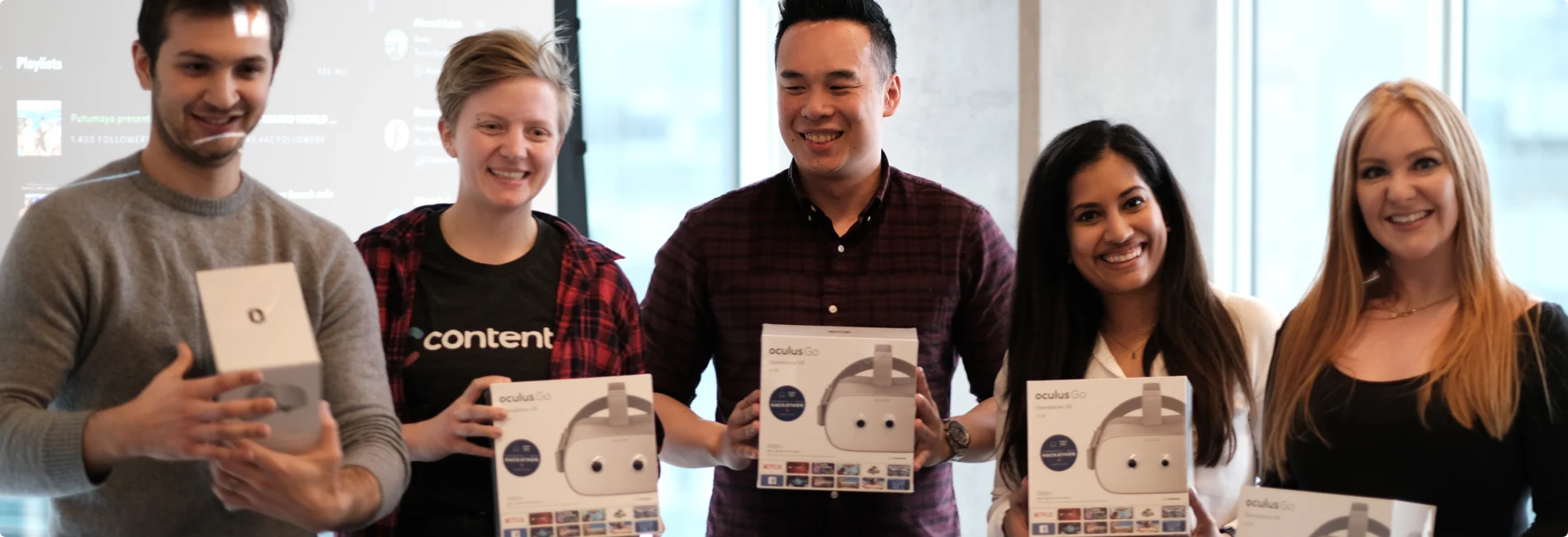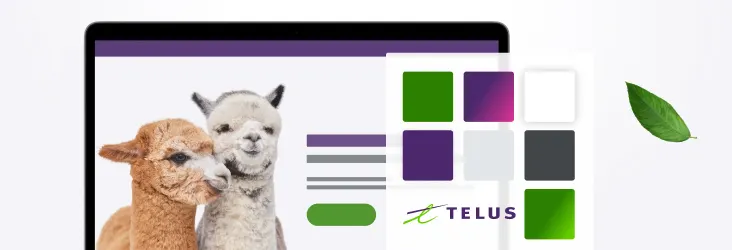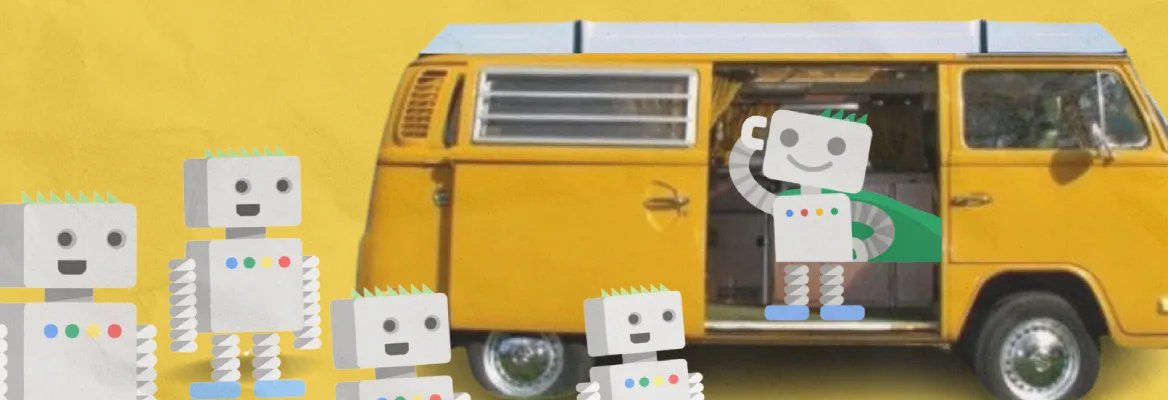No room for silos: lessons from launching a blog builder for an enterprise
Content and Design · Jul 25, 2019
One hackathon and three months later, I’m excited to announce the launch of the new home for the TELUS Digital blog. More than excited, I’m actually surprised. I’m surprised that an organization the size of ours could pull off such a huge feat with a small team in five months. I’m not just talking about migrating content to a new application - I’m talking about building that application. In this post, I’ll share 5 takeaways on our team’s journey to building a publishing platform for an enterprise from the perspective of your friendly neighbourhood content manager.
To build or to buy?
You’re probably wondering why our team chose to build a blog. With so many great publishing platforms available on the market, why go through all the time and trouble of building our own? I could probably write an entire blog post on this subject, but there are already some great articles out there that cover what you need to know. Companies should carefully consider both content and technical requirements before deciding whether to build, buy or leverage channels like Medium or LinkedIn.
When we were looking at content requirements we (including teams at TELUS) wanted to have complete ownership of the content on our own platform, a seamless bilingual experience, the ability to enhance performance through SEO and accessibility, and personalize content in the future. These goals were highly attainable with our existing headless CMS, Contentful which unifies content, design and code to empower our users to build consistent, branded experiences for our customers online (more technical details on the awesomeness can be found in this post).
5 key lessons on the road to building a blog
Considering the content requirements and pain points of teams across TELUS, we decided to leverage the flexibility and security of using Contentful to build a branded, accessible and scalable publishing platform. I’ll summarize 5 lessons our team learned from our journey and shed some light on how an enterprise as large as TELUS can launch a product in just a few months.
1. Build for reuse
Whenever teams within TELUS Digital are deciding to build a new product, we’re always prompted to ask if it can be reused - whether it’s the whole product or certain components. Reusability not only saves us time, but it also saves the business money. Our team knew that TELUS Digital wasn’t the only area of the business shopping around for a new blog.
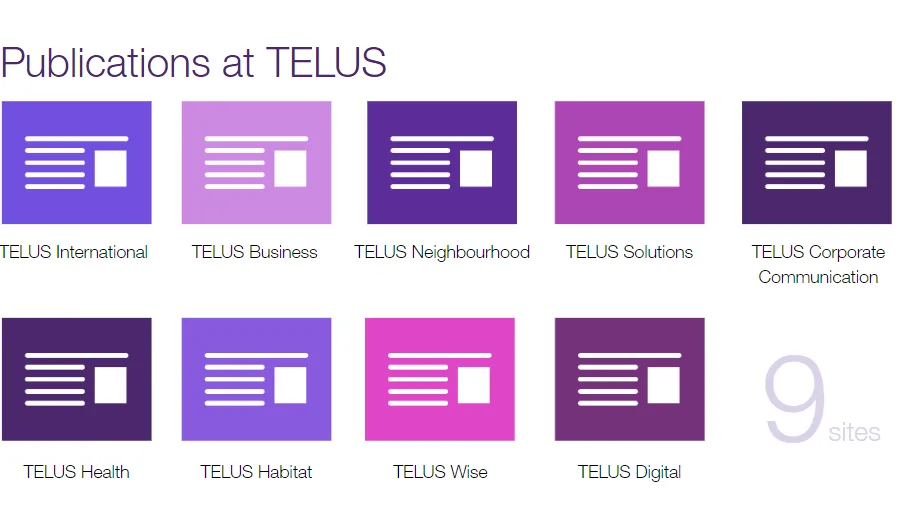
When our technical teams looked at the math, creating a blog using our headless CMS could have the potential to save us ~$170k per publication. This number also factored in setting up development teams to work on the build over several weeks (however, this number excludes technical debt and team member effort to use the old system). Leveraging the TELUS Digital Platform and our headless CMS Contentful, a squad within TELUS Digital could build one solution for multiple uses. Not only was it a money-smart choice, but this also offered an answer to performance (Lighthouse scores), accessibility and multilingual issues. Thus, for TELUS and TELUS Digital, leveraging and creating a product in-house that could be reused and integrated into our Digital Platform, fit our needs perfectly.
2. Create a dedicated space for your team to #GetSh*tDone
What happens when you have all the right people and resources but no time? Delivering products becomes hard and prioritization becomes even harder - especially when looking to create just a blog among other business goals. On the day of the Contentful Hackathon, I decided to take a leap of faith and pitch to a room of developers, designers and content practitioners the idea of creating ‘one blog to rule them all.’ 48 hours later a team of 5 was able to build a working prototype. In those 48 hours, our team of developers, a designer and a content manager (myself) worked on content models, wireframes, designs, pushed code to production, migrated 10 blog posts and worked on a swanky presentation that won us second place.

What allowed us to be so successful was the fact that we were laser focused for two days and had zero distractions. This meant we had no meetings, our slack statuses were switched to ‘maker time’ and we had no random outside tasks affecting the flow of our day. The hackathon provided a perfect environment for our team to build, collaborate and launch quickly. It also allowed for a bulk of the heavy lifting to be done in a controlled setting, while leaving other features to be fixed iteratively once we left the hackathon.
3. Establish firm team rituals
Team rituals are just as important (if not more than) working at ‘lightning speed.’ During the hackathon, our team would huddle at the beginning and end of every day to discuss blockers, progress or ask for help where needed. After the hackathon, our team would discuss the same topics at stand-ups, meet with members of the Content Platform & Practices (CPP) team to plan sprints and partake in retros every two weeks to reflect on the work completed. I feel that the same collaboration and communication would not have been possible if we worked on components individually and passed them off.
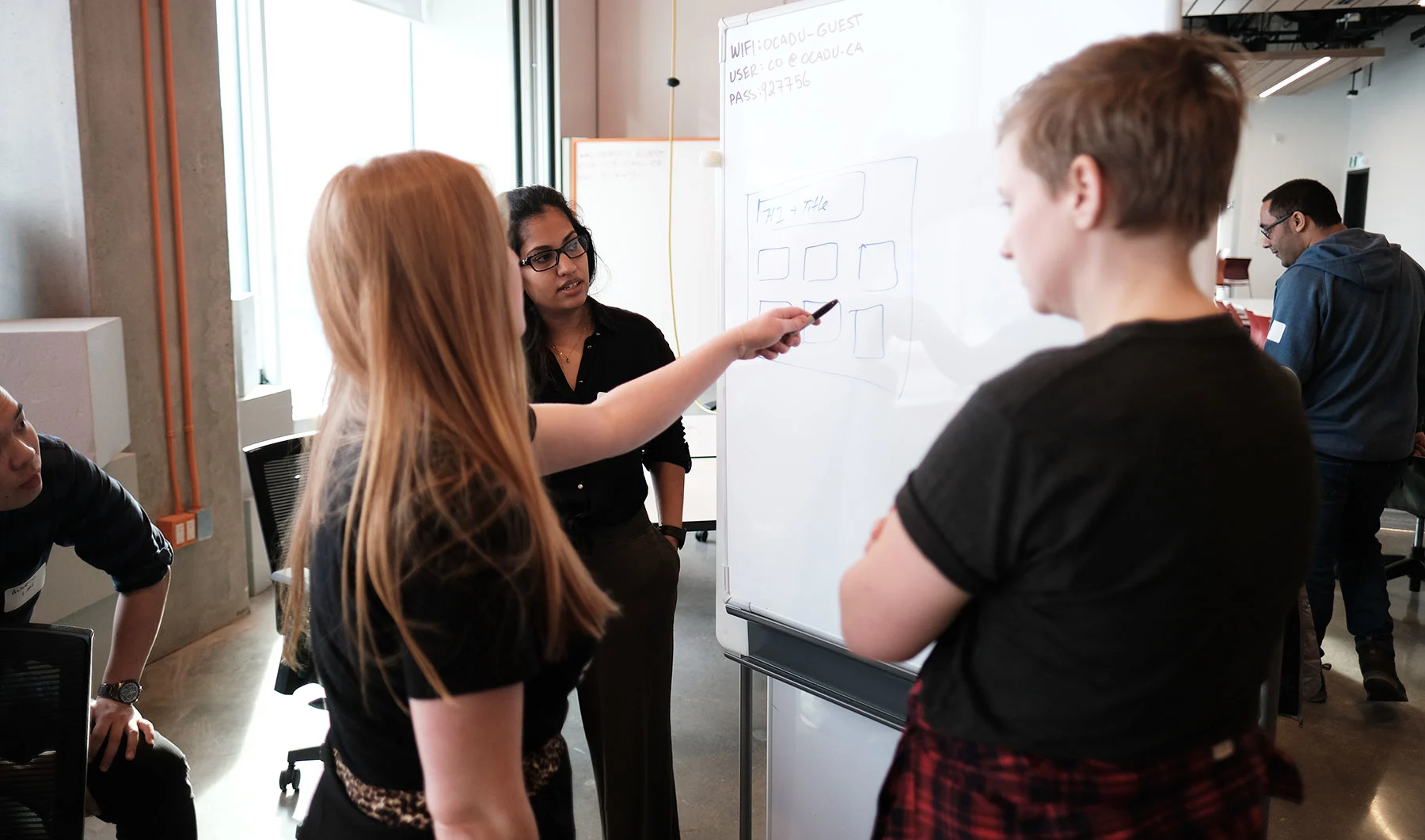
4. Consider your content managers/creators
Like any good product, the user and their needs are found at the centre. Even though this would be a product for internal use, we wanted to build a blog that would be seamless for content managers, writers, PR personnel or any individual passionate about content marketing at TELUS. We knew that the bar would be set high, as many content creators would compare their experience to platforms like WordPress, Wix etc. At TELUS Digital, we’re still evolving practices to strike a good balance between making the path to production easier for developers while building a product that sets our content teams up for success. One of the key ways to strike this balance was working iteratively towards an MVP and prioritizing features. What features did creators need to have so that the platform wouldn’t become a blocker to their work (e.g: sorting by date, having categories, etc)? And what features were less time sensitive (e.g: personalized banners)? After the hackathon, our squad was able to work closely with our CPP team to work on the most important features and ensure that there was enough time to test these features with creators.

5. Have content, design and development sit together
For most of my career and the places that I’ve worked, development, design and content teams would either sit separately or were outsourced to a vendor. For the past year and ½ at TELUS Digital, I’ve sat side-by-side with the developer or designer on my team. This has been extremely eye-opening. I’ve been able to gain a deeper respect and understanding of the design and development process and vice-versa - my colleagues have insight into the ins and outs of content strategy. I feel that our agility continued its momentum after the hackathon by sitting together, as we were able to tackle bugs, build components quickly and make fixes, without being blocked by time (creating more meetings) or space (having to rely on emails or slack). On top of that, I can communicate better with my developer and designer as I’ve grasped a better understanding of what goes into the scope of a “small” ask (sometimes changing a block or design is harder than it looks!). Here is a snapshot of our team hard at work on the latest block:
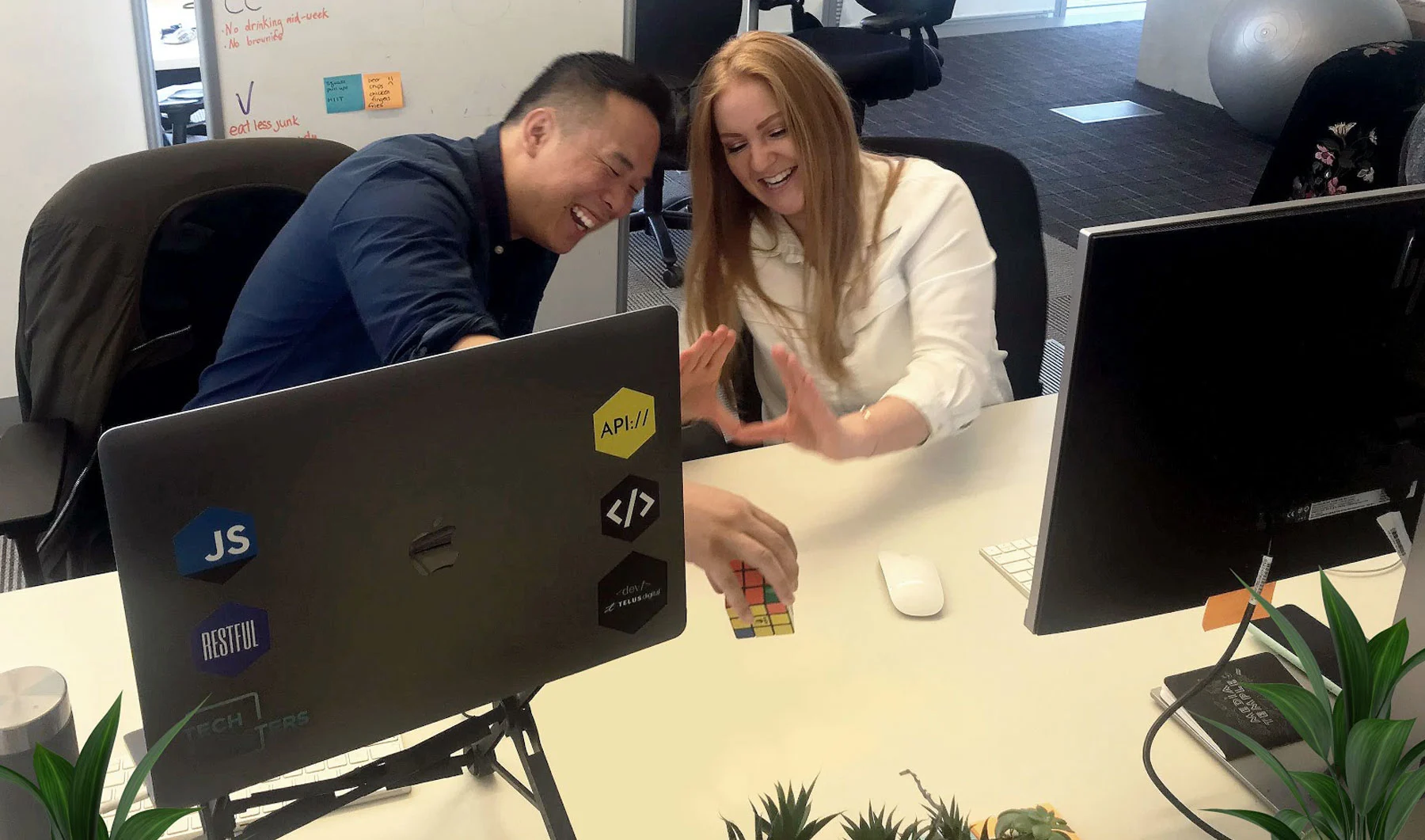
What’s next?
Today at TELUS Digital we launched the first iteration of our blog! We’re excited to see how other teams at TELUS use this tool to share stories across the organization. Special thanks to Veronica, Ando and who armed us with great rituals and the dedicated space to get this done. Moving forward our team will continuously work to push new features iteratively and build upon a great product. We hope to empower TELUS Digital team members to share the awesome things they’re building by becoming authors for stories like these.
